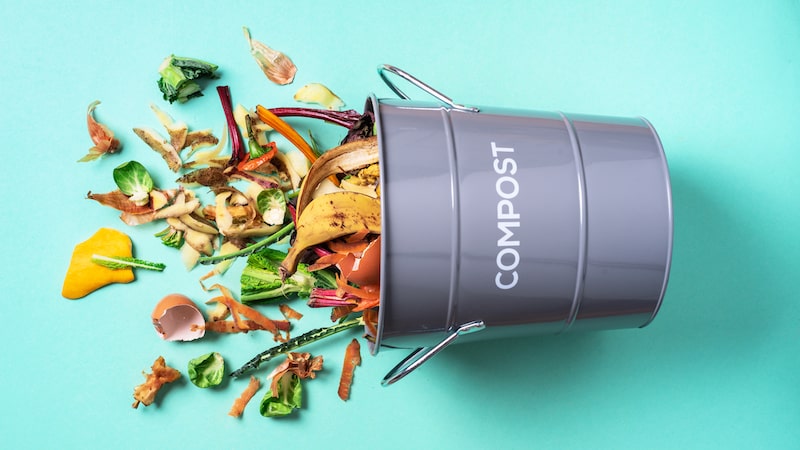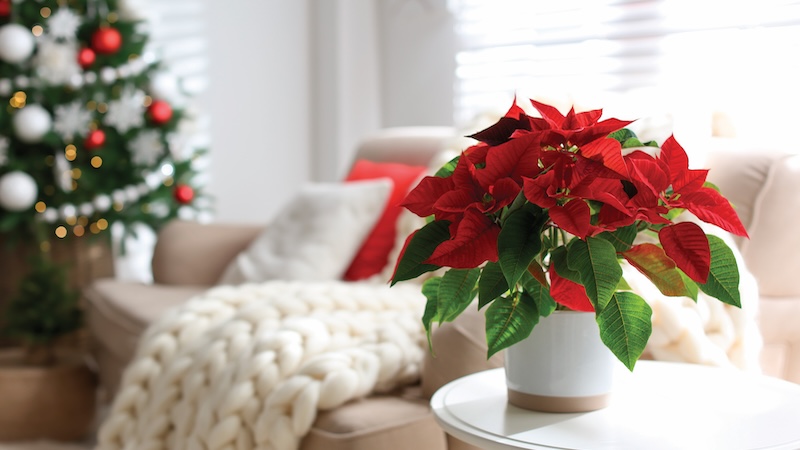Indoor Composting 101
Good for you and the world!

Composting improves the health of your soil, which feeds your plants and reduces the need for pesticides and fertilizers. It even helps to combat climate change. This overview of indoor composting can help you get started and maintain a win-win habit.
Composting is one of the simplest and most impactful things we can do to cut food waste, and it’s a simple, affordable way to feed our plants. Before you toss aside the idea of composting at home due to space, climate, time or know-how, it can be done — just bring it inside! An indoor compost bin is as effective as its outdoor counterpart and is even easier!
Why compost?
About 30% of the U.S. food supply is thrown away, much of it ending up in landfills when it could have been composted. Among the many benefits of composting, according to the Environmental Protection Agency, (EPA), it helps reduce the release of methane, a greenhouse gas, reduces or eliminates the need for chemical fertilizers, maintains soil moisture, which reduces watering needs, and repurposes food scraps into nutrient-rich compost, which feeds the plants that nourish us. If you think your composting efforts won’t make a difference, consider that from farm to fork, consumers are the worst food waste offenders, responsible for upwards of two-thirds of the country’s food waste.
What you need
Get started with a lidded bin, such as a storage container, garbage can, or crate made of plastic, metal, or wood with a tray to catch leaks. Depending on the space where you’ll store it and household size, a 10- to 18-gallon bin should be adequate. Under the sink storage, next to garbage and recycling bins, closet, or basement are practical options. Composting requires oxygen for decomposition to occur, so drill holes (about a quarter-inch) spaced one- to two- inches apart into the lid, the bottom, and sides of your bin. You’ll also need a trowel to turn the contents.
Related: Is the increase in forest fires really a problem?
How to compost
All you need to compost are greens and browns. Green materials, like food scraps, provide nitrogen; browns include dried leaves and shredded paper, and bring carbon to the mix. Strive for a balance between the two, maintaining a moisture level of a damp sponge, as well as the presence of heat, which means decomposition is happening. Chop contents small for quicker breakdown, and keep meat, fish, dairy, fats, greasy foods and pet waste out of your compost, as they attract pests, cause odors and other risks, such as bacteria.
After two to four months of adding content, turning to supply oxygen, and checking for moisture — add more greens if too dry, more browns if too wet — you should have soil-like compost. Remove as much as you need to feed houseplants, window box herbs, and other garden plants, but leave some compost in the bin to continue the cycle.
Give it a go!
Indoor composting makes it a snap to go green at home. Repurpose food scraps into nutrient-rich compost for healthier plants, a healthier home and a healthier planet.
Reprinted with permission from Environmental Nutrition, a monthly publication of Belvoir Media Group, LLC. 800-829-5384. www.EnvironmentalNutrition.com.
©2023 Belvoir Media Group. Distributed by Tribune Content Agency, LLC.


